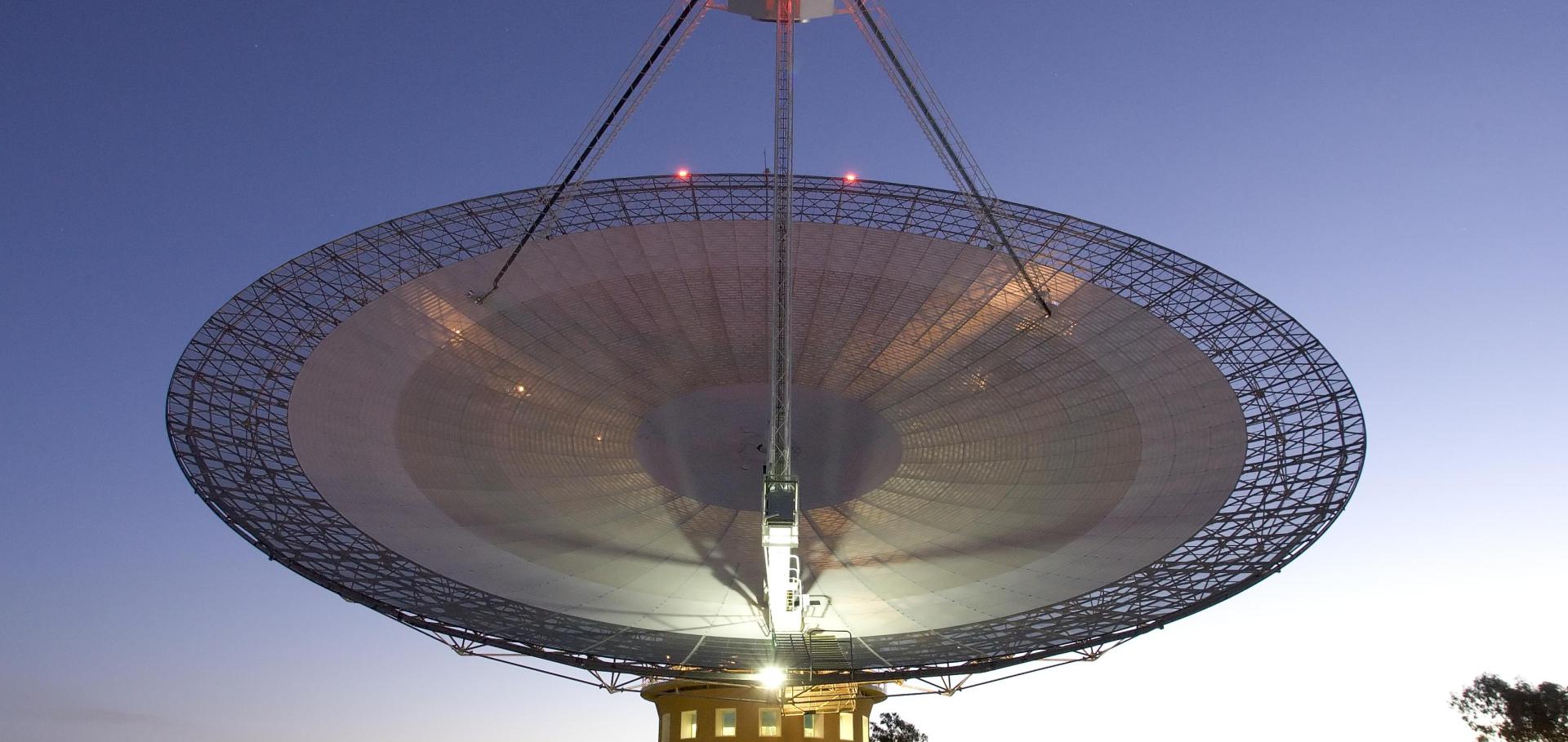A detailed radio study of the energetic, nearby and puzzling GRB 171010A
Long-term radio and X-ray evolution of the tidal disruption event ASASSN-14li
Abstract:
We report on late time radio and X-ray observations of the tidal disruption event candidate ASASSN-14li, covering the first 1000 days of the decay phase. For the first $\sim200$ days the radio and X-ray emission fade in concert. This phase is better fit by an exponential decay at X-ray wavelengths, while the radio emission is well described by either an exponential or the canonical $t^{-5/3}$ decay assumed for tidal disruption events. The correlation between radio and X-ray emission during this period can be fit as $L_{R}\propto L_{X}^{1.9\pm0.2}$. After 400 days the radio emission at $15.5\,\textrm{GHz}$ has reached a plateau level of $244\pm8\,\mu\textrm{Jy}$ which it maintains for at least the next 600 days, while the X-ray emission continues to fade exponentially. This steady level of radio emission is likely due to relic radio lobes from the weak AGN-like activity implied by historical radio observations. We note that while most existing models are based upon the evolution of ejecta which are decoupled from the central black hole, the radio : X-ray correlation during the declining phase is also consistent with core jet emission coupled to a radiatively efficient accretion flow.Radio studies of relativistic outflows from black hole transients
Abstract:
In this thesis I will present observational studies of transient systems that produce mildly to extremely relativistic outflows through a coupling to an accretion flow. I will focus on the analysis of data taken from three source classes: black hole X-ray binaries (BHXRBs; particularly the system MAXI J1820+070), gamma-ray bursts (GRBs; particularly the system GRB 171010A), and tidal disruption events (TDEs; particularly the systems ASASSN-14li and Swift J1644+57).
I will present an extensive radio monitoring campaign on MAXI J1820+070 utilising five different interferometers, along with extensive X-ray observations, during the system's 2018 outburst. Together these data allowed me to probe the coupling between accretion and jet production throughout an entire outburst cycle, as well as during multiple hard accretion state only re-brightenings, tracked over a two year time frame. As MAXI J1820+070 transitioned from the hard to soft accretion state, contemporaneous time-series indicators of the launch of bipolar relativistic ejections were observed at both radio and X-ray frequencies (manifesting as a radio flare and an evolving quasi-period oscillation, respectively). I then confirmed the presence of these ejecta utilising multiple interferometers, and was able to track the evolution of both the approaching and receding ejecta for over ~150 d. Through utilising interferometers sensitive to very different angular scales, I was able to infer the internal energy of the ejection, and found it to be much larger than the value implied from the state transition radio flare. This is strong evidence for ongoing particle acceleration as ejections interact with the surrounding interstellar medium. In addition to the study of MAXI J1820+070, I will also present a broader population study of state transition radio flares from black hole X-ray binaries, and demonstrate that commonly employed models (which attribute flares to an optical depth evolution from an expanding region) are not appropriate for the majority of flares in the sample studied. I describe the ability of extended periods of particle acceleration to explain the flare profiles.
GRB 171010A was a luminous and nearby long GRB detected at early times by the Arcminute Microkelvin Imager Large Array interferometer, as well as with the Swift X-ray telescope. Long GRBs produce highly relativistic outflows that are best studied through their interaction with the circumburst material. This interaction produced a broadband synchrotron afterglow. I present a study of the radio through X-ray afterglow of GRB 171010A in the context of the fireball model (which details the interaction of the jet and interstellar medium). By fitting the time evolving spectra, the values and evolution of the characteristic synchrotron frequencies can be inferred. GRB 171010A is one of the most energetic GRBs detected below z~0.5, allowing for our theoretical understanding of afterglows to be investigated. While I find general agreement with the canonical models (particularly the spectral indices either side of the minimum energy frequency) a number of deviations are seen. I discuss possible solutions to these deviations, which likely include the addition of a second spectral component resulting from a reverse shock.
Finally, I will present late time radio and X-ray observations of the thermal TDE ASASSN-14li, and late time radio only observations of the relativistic TDE Swift J1644+57. Tidal disruption events occur when a star passes too close to a supermassive black hole and is torn apart by tidal forces. Approximately half of the stellar material is accreted and the rest is unbound. ASASSN-14li is a radio bright thermal TDE, and the origin of this radio emission is disputed. I will show that the late time radio properties are now consistent with background AGN activity, but that while the TDE was the dominant radio component, the radio emission was correlated with the X-ray emission. This provides evidence that thermal TDEs produce jets. It is not disputed that the relativistic TDE Swift J1644+57 produced a jet, and said jet's radio emission has now been monitored for ~10 yrs. I will present the most recent monitoring of Swift J1644+57 in the context of previously proposed jet models for the source. I will additionally discuss the up-to-date population of radio loud TDEs.
My conclusions contain a comparison of the outflows produced by these sources, and how they are analysed in different frameworks.


